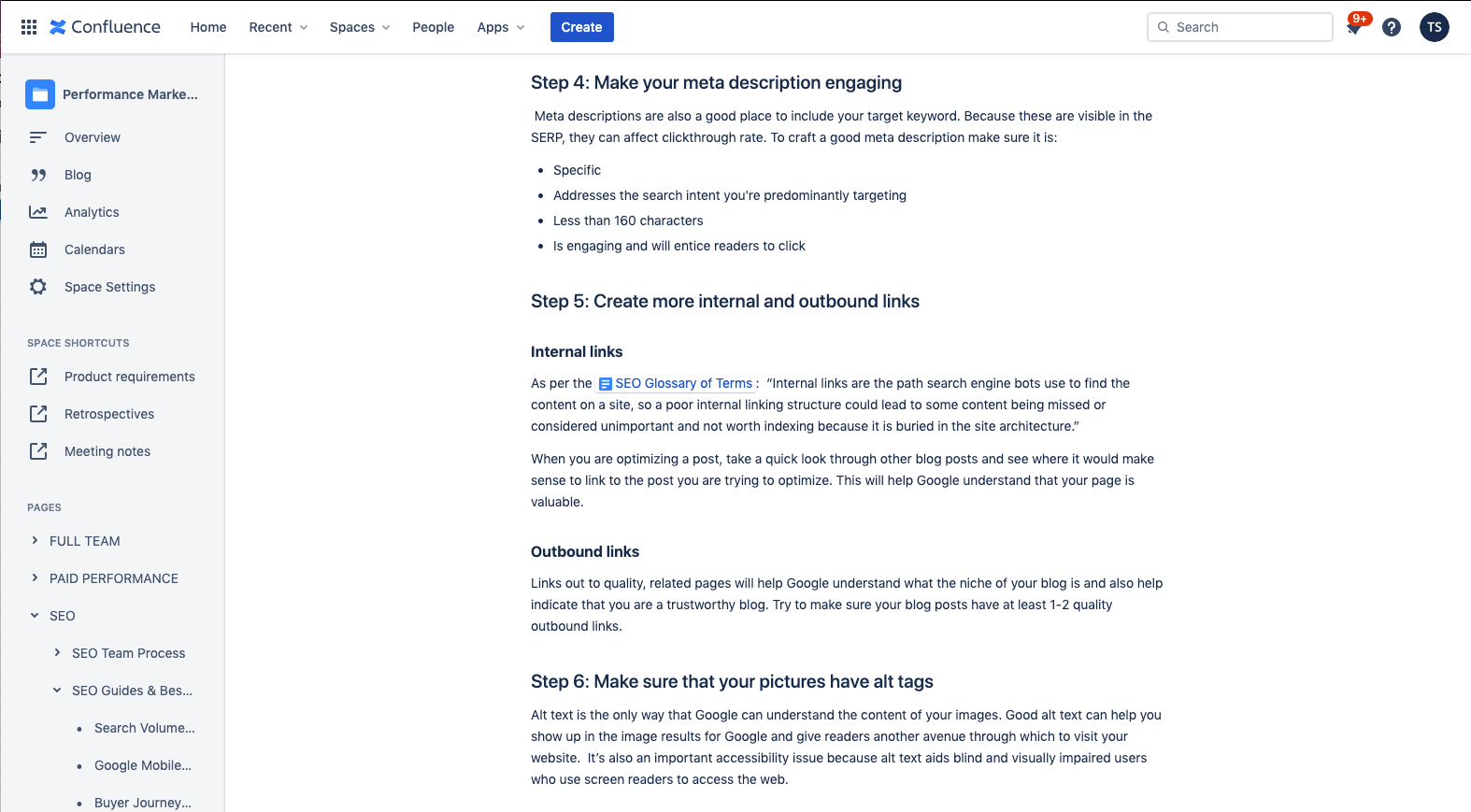How to ace internal documentation
Pull information out of your team’s brain to store somewhere safe
Browse topics
You know that one coworker who has been on your team for years, handles a ton of tasks independently, and is always the go-to resource for quick questions?
Now, imagine that they just put in their notice.
Two weeks isn’t nearly enough time for someone else to get up to speed on everything that veteran works on. When they leave, you’re going to lose out on a ton of knowledge and expertise that your team has come to rely on.
Sorry if you're suddenly feeling anxious! But that rock in your stomach really shows the value of internal documentation.
Let’s dig into everything you need to know to get started and/or refine your process before you need it. The best time to fix a leaky roof is when the sun is shining.
